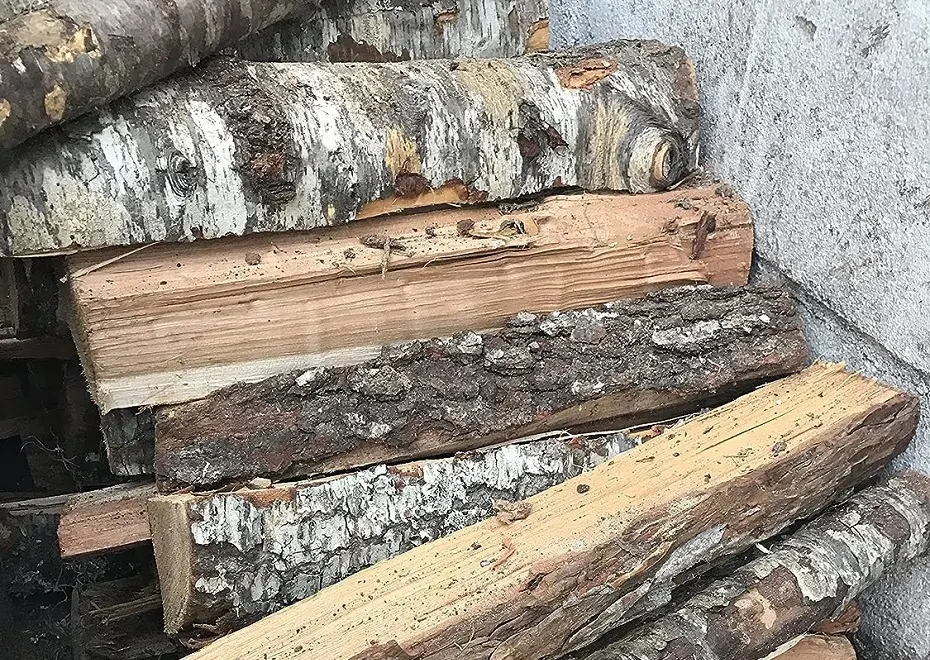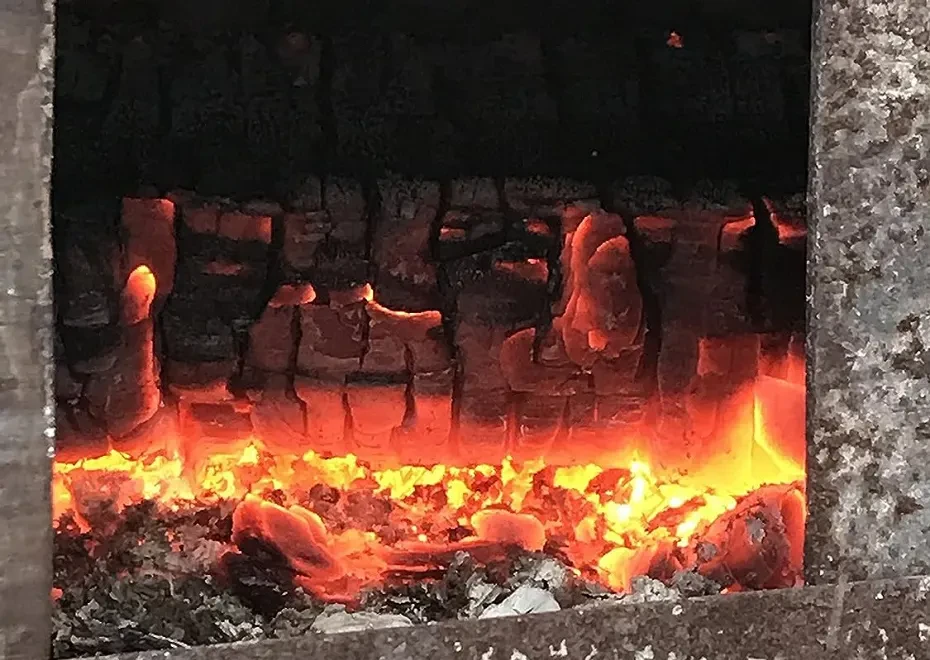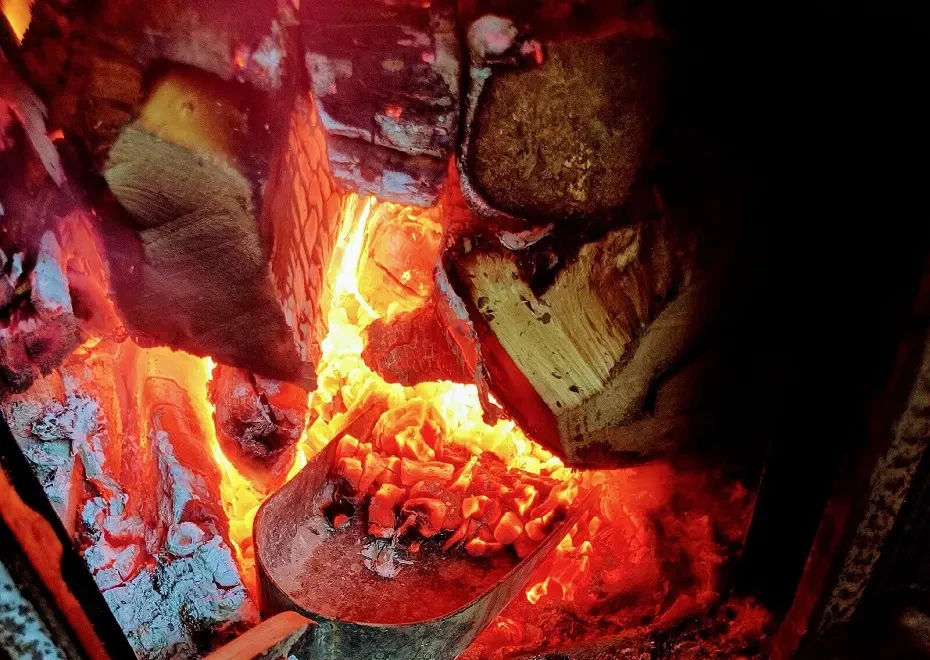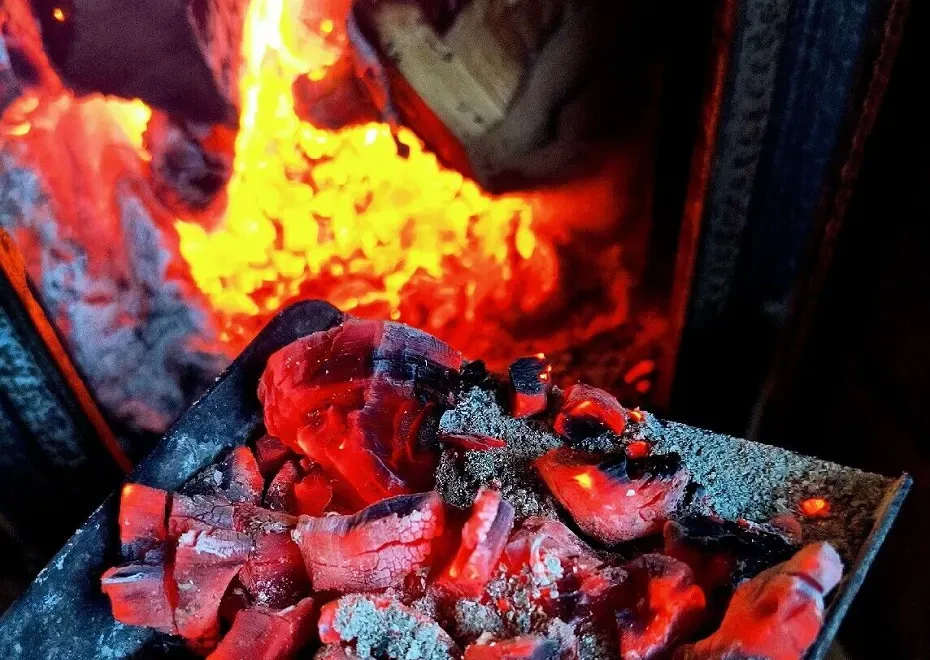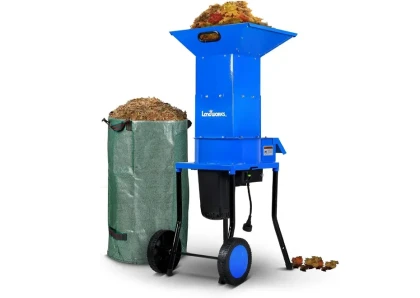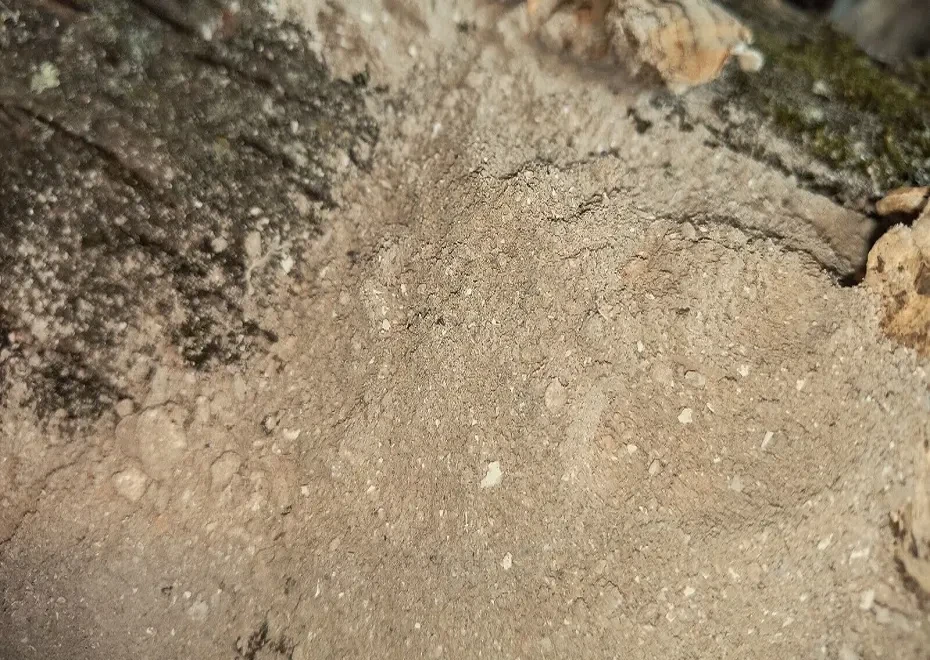
Premium Grade Hardwood Ash Black Walnut Sugar Maple Heritage Oak
Overview
Our Premium Grade blend boasts the remarkable qualities of Black Walnut, Sugar Maple, and Heritage Oak hardwoods, renowned for their abundant calcium, magnesium, and potassium content. Sourced from a meticulously controlled burn process in Soap Stone Wood Stoves, this wood ash guarantees optimal mineral retention. Elevate your gardening efforts with its nutrient-rich properties, or explore its versatility in soap making, chicken dust baths, and natural bug control.

Derived from Appalachian hardwoods known for their mineral-rich profiles, our Premium Grade Hardwood Ash is a game-changer in soil enrichment. With calcium, magnesium, and potassium levels that surpass other options, this blend creates an optimal environment for robust plant growth. Whether you're a seasoned gardener or a novice green thumb, the nutrient-packed composition of this wood ash is primed to elevate your gardening success. Its heritage and heritage Oak blend ensure that your soil receives an infusion of vitality that's been trusted for generations.
 Unveil the artistry of soap making, pottery, and more with our Premium
Grade Hardwood Ash. Crafted with meticulous care and burnt in Soap Stone
Wood Stoves, its refined quality shines through in every application.
Beyond its versatility, this wood ash embodies sustainability, as it's
culled from specific hardwood trees without compromising the
environment. From soil enhancement to creative craftsmanship, our
Premium Grade Hardwood Ash brings the legacy of expertly chosen wood
blends to your projects, cultivating vibrant growth and creativity while
staying true to time-honored traditions.
Unveil the artistry of soap making, pottery, and more with our Premium
Grade Hardwood Ash. Crafted with meticulous care and burnt in Soap Stone
Wood Stoves, its refined quality shines through in every application.
Beyond its versatility, this wood ash embodies sustainability, as it's
culled from specific hardwood trees without compromising the
environment. From soil enhancement to creative craftsmanship, our
Premium Grade Hardwood Ash brings the legacy of expertly chosen wood
blends to your projects, cultivating vibrant growth and creativity while
staying true to time-honored traditions.
Benefits of Using Wood Ash:
Natural and Sustainable Nutrient Boost: Wood ash offers a sustainable approach to plant fertilization. By harnessing the power of natural ingredients, you're reducing reliance on synthetic alternatives, contributing to a greener gardening practice.
Essential Nutrient Enrichment: Packed with calcium, magnesium, and potassium, wood ash serves as a powerhouse of essential nutrients crucial for robust plant growth. These elements promote healthy foliage, blossoms, and abundant yields, elevating the overall health of your garden.
Enhanced Soil Structure: Wood ash goes beyond nutrient infusion. Its ability to improve soil drainage and aeration transforms your soil into a fertile haven for plants to thrive. This improved soil structure creates an environment where roots can easily access water and nutrients.
pH Balancing Act: One of wood ash's standout features is its capacity to neutralize soil acidity. This becomes particularly valuable for plants that thrive in alkaline environments. By using wood ash, you can nudge the pH scale towards a more neutral or alkaline level, optimizing the growing conditions for a broader range of plants.
How to Use Wood Ash:
Fertilizing Brilliance: To unlock wood ash's potential as a fertilizer, evenly distribute it around the base of your plants. This method ensures that the essential nutrients seep into the soil and are readily available to the roots.
Incorporate into Soil: For a more integrated approach, mix wood ash into the soil at a rate of 1 cup per 10 square feet. This allows the nutrients to disperse evenly throughout the soil, benefiting all plants within the area.
Prioritize pH Testing: Before utilizing wood ash as a fertilizer, it's essential to conduct a soil pH test. This simple step prevents unintended consequences. If your soil is already alkaline, introducing more alkalinity through wood ash might hinder plant health. A balanced pH is key to reaping the full benefits of wood ash.
What Type of Wood Ash is Good for Soil?
The best type of wood ash for soil is ash from hardwood trees. Hardwood trees contain higher levels of calcium, magnesium, and potassium than softwood trees.
| Type of Wood | Ash Content | pH | Other Beneficial Nutrients | Best Uses |
| Hardwoods | High | Alkaline | Potassium, calcium, magnesium, phosphorus, sodium | Most plants |
| Softwoods | Low | Acidic | Potassium, calcium, magnesium | Acid-loving plants |
| Fruitwood | High | Alkaline | Potassium, calcium, magnesium, phosphorus, sodium | Most plants |
| Nutwood | High | Alkaline | Potassium, calcium, magnesium, phosphorus, sodium | Most plants |
| Barbecue ash | Low | Variable | Potassium, calcium, magnesium, phosphorus, sodium | Most plants |
How to Make Wood Ash
Step 1: Choose Quality Wood: Select hardwood branches or logs from Heritage Oak, Black Walnut, and Sugar Maple trees. Make sure the wood is dry, free from coatings, and appropriately sized for your burning area.
Step 2: Set Up the Burning Area: Prepare a controlled burning area, either using a Soap Stone Wood Stove or a fire pit with proper ventilation. Clear the surrounding area of any flammable materials.
Step 3: Build the Fire: Arrange firewood or kindling in the burning area to create a stable fire. Begin with smaller pieces for easy ignition.
Step 4: Burn the Wood: Place the selected hardwood branches or logs onto the fire. Allow them to burn completely. A slow and controlled burn is ideal to ensure the highest-quality wood ash.
Step 5: Ensure Complete Combustion: Monitor the fire to ensure thorough combustion. Adjust the arrangement of wood as needed to achieve an even burn.
Step 6: Allow Cooling: Once the wood has burned down and the flames have subsided, let the ashes cool completely. This can take several hours or even overnight.
Step 7: Collect the Ash: Use a metal container or ash bucket to carefully collect the cooled wood ash. Take precautions to avoid stirring up dust.
Step 8: Sieve (Optional): For a finer texture, sift the collected wood ash through a mesh screen to remove larger debris and chunks. This step is especially useful if you plan to use the ash for certain applications like pottery glazing.
Step 9: Storage: Transfer the collected wood ash to an airtight container to prevent moisture absorption. Store it in a cool, dry place away from direct sunlight.
How to Collect Wood Ash
- Position Your Collection Gear: Place a metal pan or bucket directly beneath the fire source. This strategic setup ensures that as the wood burns, the ash will neatly fall into the container, ready for collection.
- Deploy a Catching Barrier: For added convenience, spread out a tarp or sheet underneath the fire area. This innovative approach ensures that the ash is effortlessly captured, minimizing cleanup.
- Let the Fire Fade: Allow the fire to burn out completely. As the flames recede and the embers cool, the ash will settle down, creating the perfect opportunity for collection.
- Gather the Ash Trove: With the fire extinguished and the ash cooled, it's time to gather your bounty. Employ a scoop or shovel to gently collect the ash from the metal pan, bucket, or tarp.
Is Wood Ash Worth It?
Whether or not wood ash is worth it depends on your individual needs and preferences. If you are looking for a natural and sustainable way to fertilize your plants, improve your soil, or repel pests, then wood ash may be a good option for you. However, it is important to note that wood ash is alkaline, so it is important to use it in moderation and to test your soil pH levels regularly.
Sure, here are some pros and cons of using wood ash:
Pros:
- Natural and sustainable: Wood ash is a natural product that is created when wood is burned. It is a sustainable option for fertilizing plants and improving soil, as it does not require the use of chemicals or synthetic fertilizers.
- Fertilizer: Wood ash is a good source of calcium, magnesium, and potassium, which are essential nutrients for plant growth. It can be used to fertilize a variety of plants, including vegetables, fruits, flowers, and herbs.
- Soil amendment: Wood ash can help to improve the drainage and aeration of soil, making it more fertile and easier for plants to grow. It can also help to neutralize soil acidity, which can be beneficial for plants that prefer alkaline soil.
- Pest control: Wood ash can be used to repel pests, such as slugs, snails, and ants. The ash's abrasive texture can make it difficult for pests to move around, and the ash's high pH can also deter pests.
- Other uses: Wood ash can also be used for a variety of other purposes, such as making lye, making glazes, and neutralizing odors.
Cons:
- Alkaline: Wood ash is alkaline, so it is important to use it in moderation, especially in acidic soils. Too much wood ash can raise the pH of soil too high, which can damage plants.
- Caustic: Wood ash can be caustic and can irritate skin and eyes. It is important to wear gloves and eye protection when handling wood ash.
- Fire hazard: Wood ash is a fire hazard, so it is important to store it in a cool, dry place away from flammable materials.
Conclusion
Experience the legacy of our Wood Ash blend—crafted from Heritage Oak, Black Walnut, and Sugar Maple—that enriches your gardening, crafting, and pest management endeavors. Elevate your projects with the expertise of generations, and embrace the natural potency of Wood Ash for a greener, healthier lifestyle.
FAQs
1. What is Wood Ash High In?
Wood ash is abundant in essential nutrients like calcium, magnesium, and potassium, vital for plant growth.
2. Is Wood Ash Acidic or Alkaline?
Wood ash is alkaline, raising soil pH and making it less acidic.
3. Is Wood Ash High in Potassium?
Yes, wood ash contains ample potassium, vital for plant health.
4. Does Wood Ash Affect Soil pH?
Indeed, wood ash alters soil pH, making it more balanced or alkaline. Monitor pH closely.
5. Which Plants Dislike Wood Ash?
Acid-loving plants like blueberries and rhododendrons, along with those adapted to alkaline soils, might not favor excess wood ash.
No listings available
Related Products
American 14" 11-Amp Corded Electric
If you are looking for an easy-to-use lawn mower that is planet-friendly and cost-effective at the same time, you will definitely like this corded...
Earthwise TC70016
The Earthwise cultivator machine is a versatile gardening tool equipped with six adjustable tines, ensuring optimal performance for various soil cultivation tasks. Its motorized...
SnowJoe TJ603E
Dig it and experience the one tiller that’s truly up to the task! Introducing a greener, cleaner way to get dirty with the Sun...
SnowJoe TJ600E
This garden tiller is ideal for starting a new garden or recovering an old lawn. The Sun Joe TJ600E electric tiller and cultivator combines the...
Earthquake 12802
The Earthquake MC440 4-cycle cultivator is a powerful and lightweight solution to maintaining your garden. Designed with stand-up starting, you can comfortably control stops...
Landworks GUO049-FBA
This All Electric Leaf Mulcher Shredder is designed w/ a durable Heavy Duty Steel Upper Feeding port & Body. We are powering this machine...
Pioneer Princess Amish
The Pioneer Princess Amish Wood Cook Stove is an exquisite culinary creation that seamlessly blends tradition, efficiency, and sophistication. Crafted with meticulous care by...
Used Wood Stoves
Used Wood Stoves for Cozy Winter Warmth Awaits! Find your perfect vintage stove: Fisher classic, Grandma Bear elegance, efficient inserts. All are expertly maintained,...
Liantral Rolling Cart Log Rack Firewood Storage
Experience a revolution in firewood storage and transportation with the LIANTRAL Firewood Rack On Wheels. Crafted from durable, rust-proof iron, this rack boasts a...
FireProof Pros 25.6 inch Double Coated Outdoor Indoor Wood Storage
FireProof Pros Firewood Rack a stylish and practical solution that redefines the way you manage firewood for your outdoor fire pit, fireplace, or wood-burning...
Questions & Answers
What do you want to know about this product?
Reviews (5)
BioFlourish20
Foliage Luxuriance Amplified
Witnessed robust growth using this blend. Backed by years as a botanist. Recommended for plant enthusiasts.
LeafWhisperer79
Nutrient Goldmine for Growth
My plants flourished with this blend's nourishment. Expert-approved and tried by a landscape architect.
GreenThumbPro42
Soil Wizardry Unleashed
This blend's mineral magic transformed my garden. As a seasoned horticulturist, I vouch for its prowess.
ArborArtisan28
Tradition Meets Innovation
A blend rooted in heritage but with a modern punch. Certified Arborist here - this wood ash is a game-changer.
EcoGrowthGenius
Sustainable Soil Sorcery
As an environmental scientist, I commend this blend's eco-friendly approach to soil enhancement. Results speak volumes.



